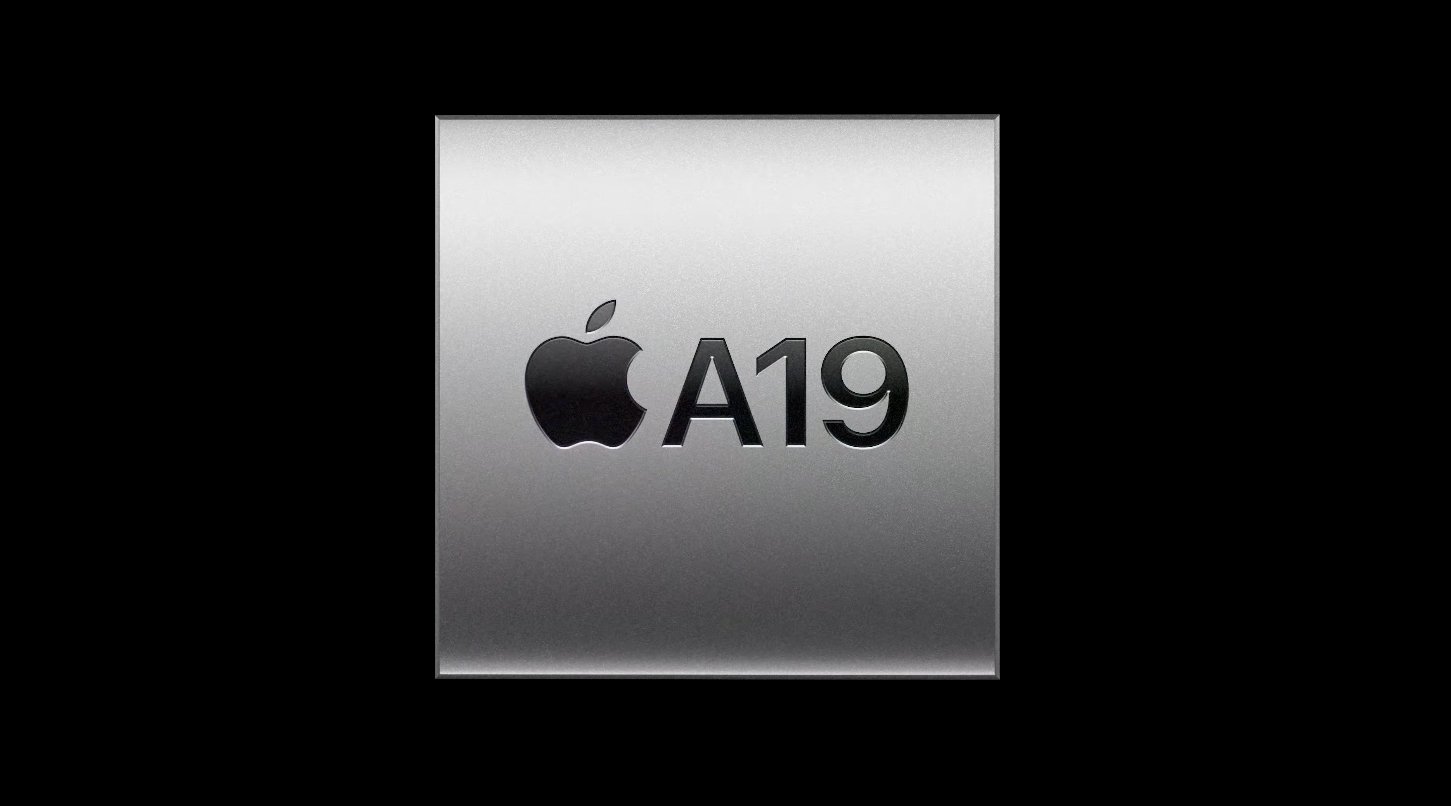Apple's iPhone 17 chip becomes the fastest single-core CPU in the world on PassMark, beating PC chips and Apple's own M3 Ultra — passively-cooled A19 CPU catapults past power-hungry competitors
Hassam Nasir
tomshardware.com

(Image credit: Apple)
Apple's latest generation of iPhones is equipped with its A19 chips — the standard A19 on iPhone 17 and the A19 Pro on iPhone 17 Air and Pros — which represent the best the company has to offer, literally. In PassMark's single-threaded benchmark, the A19 produced the best numbers of any chip available, including fully-fledged desktop SKUs. It did that while consuming significantly less power and being passively cooled. At least in this hyper-specific case, Apple's A19 has become the fastest CPU available.
Both the A19 and A19 Pro benchmarked within the margin of error of each other; however, officially, it was the regular A19 that posted 5,149 points to claim the single-thread performance crown. The A19 Pro scored 5,088 points, which makes sense considering both chips share the same cores, just differing amounts of them. The A19 beats heavy hitters like Apple's own desktop-class M3 Ultra (both 28- and 32-core variants), Intel's Core Ultra 9 285K, and even the EPYC 4585PX from AMD — all of which would be actively cooled.
See more
The tweet caption lists nominal TDPs of these chips for comparison, but that's not what a single-core load would actually use. Since it's incredibly difficult to pinpoint that, PassMark itself estimated the single-threaded power consumption in a reply, saying the A19 is likely using 4W, the 285K is using 44W, and the EPYC is using 56W. Even if those 1/3 assumptions are wrong, the delta is so high between the three that it doesn't really matter. The A19 is miles ahead in terms of efficiency.
Where it falters, of course, is multi-threaded performance. It doesn't scale upward when you take more/all cores into account, but that's to be expected with a mobile-only chip, given that it simply has fewer cores than every other CPU on the list. Moreover, keep in mind that the A19 is inside the iPhone 17, which doesn't have a vapor chamber, so it's even more impressive for it to pull these kinds of numbers. Then again, this isn't precisely an uber-scientific test, so don't take these results at face value.
Follow Tom's Hardware on Google News, or add us as a preferred source, to get our up-to-date news, analysis, and reviews in your feeds. Make sure to click the Follow button!
Get Tom's Hardware's best news and in-depth reviews, straight to your inbox.
Hassam Nasir is a die-hard hardware enthusiast with years of experience as a tech editor and writer, focusing on detailed CPU comparisons and general hardware news. When he’s not working, you’ll find him bending tubes for his ever-evolving custom water-loop gaming rig or benchmarking the latest CPUs and GPUs just for fun. |





